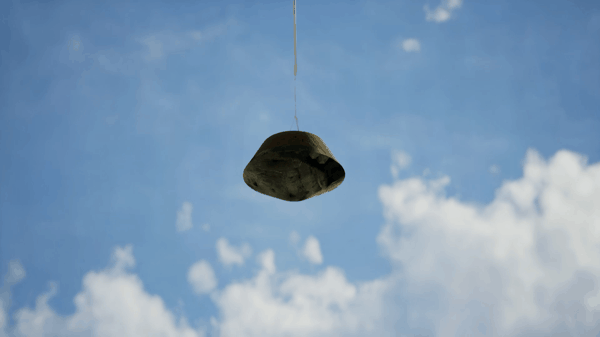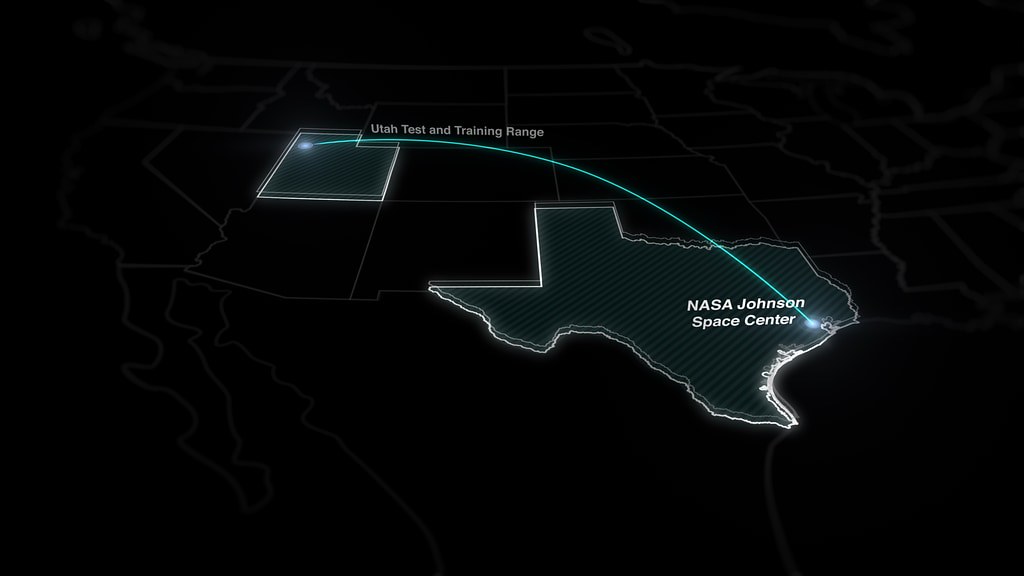How NASA's OSIRIS-REx will bring asteroid samples to Earth in 5 not-so-easy steps
The Bennu asteroid samples onboard OSIRIS-REx are about to face the bumpiest part of their journey back from deep space.
NASA's OSIRIS-REx asteroid sample return mission faces the most difficult part of its journey as it approaches Earth for atmospheric reentry and recovery. The spacecraft is on course to deliver a capsule that will touch down in a western United States desert Sept. 24, completing a seven-year journey and making it the first NASA mission to retrieve surface material from an asteroid.
OSIRIS-REx launched on Sept. 8, 2016 from Cape Canaveral Space Force Base, in Florida, and began a two-year trip to rendezvous with the asteroid Bennu. The spacecraft arrived in orbit around Bennu in August 2018, where it then spent another two years scanning and mapping the asteroid's surface.
On Oct. 20, 2020, after thoroughly observing Bennu's topography from orbit, OSIRIS-REx descended to the asteroid's surface and recovered material that was stowed in the spacecraft's sample return capsule. A May 2021 burn of OSIRIS-REx's propulsion system then set the probe on a 1.2 billion-mile (1.9 billion-kilometer) rendezvous course with Earth.
Now, as the spacecraft approaches, one of the most difficult aspects of NASA's mission stands before OSIRIS-REx: The sample return capsule's atmospheric reentry and landing.
Scientists have been waiting for this moment since OSIRIS-REx launched six years ago, and during the past six months, teams have been practicing each and every step that will be taken to recover the Bennu asteroid sample once it lands on terra firma. Here's how it will work.
Related: NASA's OSIRIS-REx asteroid sample return to Earth: Live updates
OSIRIS-REx sample capsule separation
The OSIRIS-REx spacecraft has largely been in low-power mode during its 2-year, 4-month journey back to Earth. However, as the spacecraft approaches Earth, NASA will wake up a number of OSIRIS-REx's systems in preparation for the Bennu sample container's plunge through the atmosphere.
Breaking space news, the latest updates on rocket launches, skywatching events and more!
NASA will power up OSIRIS-REx in the early morning on Sept. 24 and ensure the probe's trajectory and orientation are aligned to jettison the mission's sample return capsule. The slightest misalignment could mean catastrophe for the mission, plummeting the capsule into the Earth at destructive speeds or missing the planet entirely and careening off into the cosmos.
If all goes according to plan the OSIRIS-REx return capsule will separate from the spacecraft to begin its solo descent down to the Utah desert at 6:42 a.m. EDT (1042 GMT) from an altitude of about 63,000 miles (101,000 km) above Earth. To avoid following the capsule's path and potentially causing a crash of its own, the OSIRIS-REx spacecraft will then initiate a thruster burn to right its course away from planet and toward its new mission goal.
Following the release of its Bennu sample, the OSIRIS-REx spacecraft will have its sensors set on a new target: The asteroid Apophis. The OSIRIS-REx mission will then become OSIRIS-APEX, short for OSIRIS-Apophis Explorer, and will be set on a course to enter orbit around Apophis in 2029, for an 18-month reconnaissance mission.
Atmospheric reentry
The return capsule, with the Bennu sample onboard, should reach Earth's upper atmosphere approximately four hours after spacecraft separation, at 10:42 a.m. EDT (1442 GMT). As it encounters the thinnest parts of the planet's protective blanket, the capsule will be traveling faster than 27,000 miles-per-hour (43,450 kilometers-per-hour).
The protective shell surrounding the asteroid surface sample stowed onboard is shaped in such a way that the atmosphere will slow the capsule's descent without it disintegrating against the burning friction of air, which will grow thicker as the capsule descends.
Rather than break apart mid-flight, the capsule is designed to absorb and dissipate the heat it produces during reentry, even as it's completely enveloped in a fireball. At its most intense stage of deceleration, the return capsule will experience forces up to 32 times Earth's gravity, and glow with a enough heat to allow NASA to plot its trajectory from the ground using infrared imaging.
Drogue Parachute Deployment
About two minutes after hitting Earth's atmosphere, when forces on the OSIRIS-REx return capsule ease to around 1.4 times Earth's gravity, the craft's drogue parachute will deploy to slow it from hypersonic to subsonic speeds. The capsule is scheduled to enter special-use airspace 10 miles (16 kilometers) above the Department of Defense (DoD) Utah Test and Training Range at approximately 10:46 a.m. EDT (1446 GMT).
From there, radar stations at the range will be able to track the pod's descent and final landing location to within 30 feet.
Main Parachute Deployment
At approximately 10:50 a.m. EDT (1450 GMT), once the return capsule's drogue chute slows the craft's descent to about one mile (1.6 kilometers) above the ground, the main parachute will deploy. If the capsule's fall through the atmosphere goes as expected, the craft's main chute will softly lower the vessel to a landing within a 36-mile by 8.5-mile (58-kilometer by 14-kilometer) landing and recovery area at the Utah Test and Training Range.
OSIRIS-REx lands in the Utah desert
Over the next five minutes, the pod's main chute will slow its descent to approximately 11 miles-per-hour (17.7 kilometers-per-hour), before finally touching down on the desert floor. The OSIRS-REx return capsule's estimated landing time is 10:55 a.m. EDT (1455 GMT).
Then, everyone holds their breath.
After touchdown, once the landing area has been verified safe, the OSIRIS-REx return capsule will be checked for structural integrity, recovered and taken to a nearby mobile cleanroom. Ground samples at the landing site will be taken and tested to help rule out the possibility of contamination to the Bennu sample from its impact with the surface.
Inside the cleanroom, technicians will remove the return capsule's protective exterior in order to access the sealed container of recovered Bennu samples. From there, the container will travel to NASA's Johnson Space Center (JSC), in Houston, Texas.
A quarter of the Bennu sample will stay with researchers on the ORISIRS-REx team. Mission managers at JSC then plan to divide and preserve the asteroid material to enable scientists across the world the chance to study the samples "for decades to come," the space agency says.

Josh Dinner is the Staff Writer for Spaceflight at Space.com. He is a writer and photographer with a passion for science and space exploration, and has been working the space beat since 2016. Josh has covered the evolution of NASA's commercial spaceflight partnerships and crewed missions from the Space Coast, as well as NASA science missions and more. He also enjoys building 1:144-scale model rockets and human-flown spacecraft. Find some of Josh's launch photography on Instagram and his website, and follow him on X, where he mostly posts in haiku.






